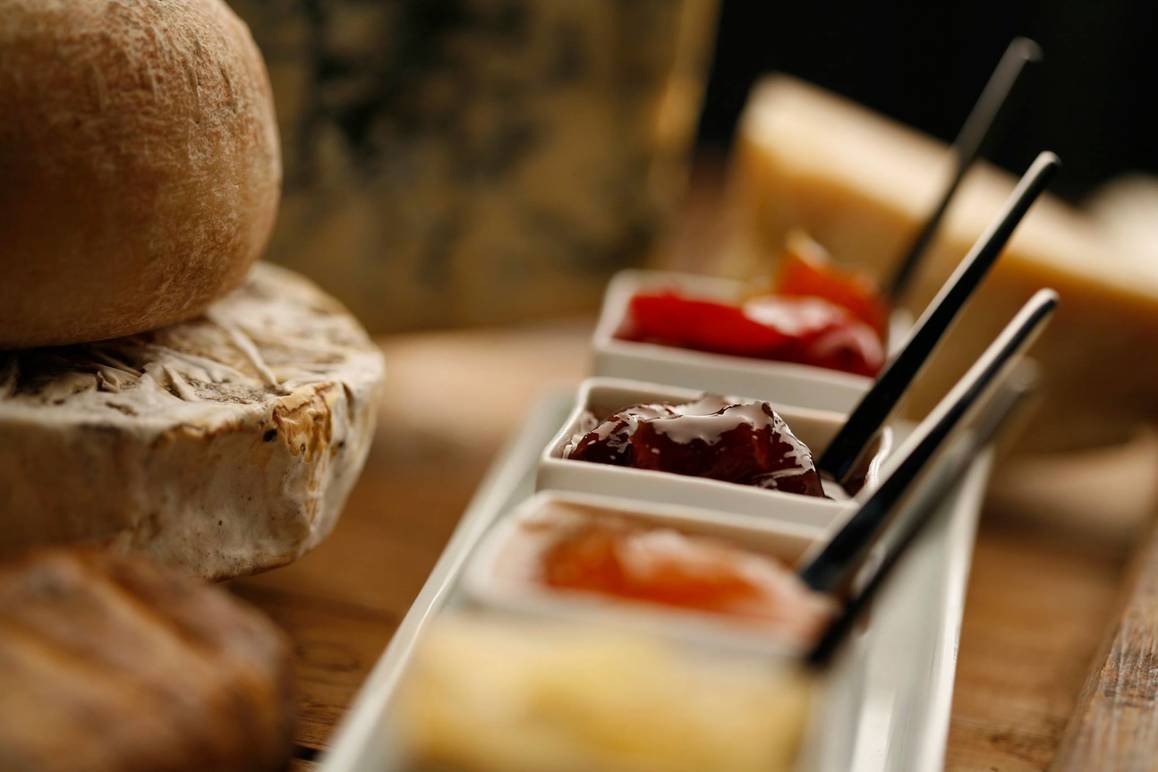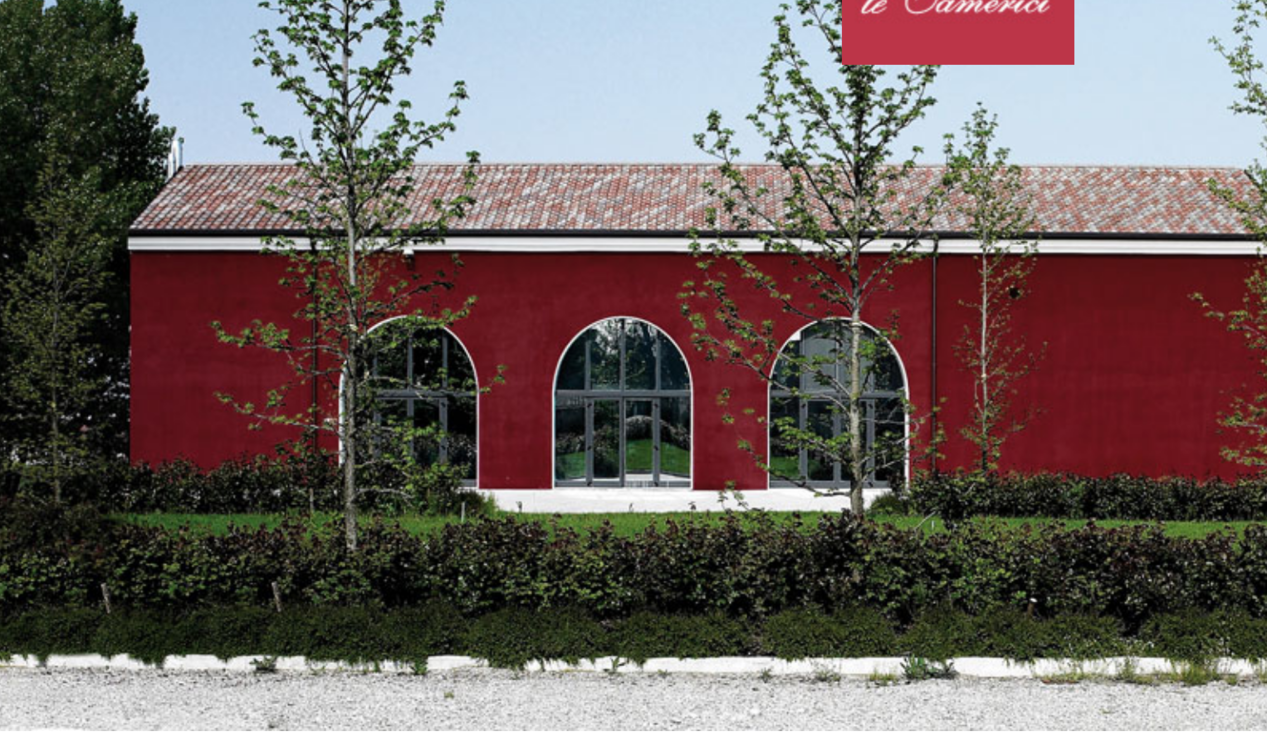Mantuan Mostarda Conquers The World
We are at the Fancy Food Show, one of the most important food fairs in the world, which takes place each year in New York’s Javits Center. Here, as you can imagine, Italy is always present, actually it’s one of the most represented nations. But we didn’t come here to talk about our most important brands, our intention was to unearth hidden gems, little-known excellencies that have yet to be discovered, find new stories to tell. And we did. We found stories of past traditions that are being rediscovered and reappropriated today.
One of these is the story of Paola Calciolari and her ‘mantuan mostarda.’
“I was a pharmacist. I studied food chemistry, Parmigiano Reggiano production because my family produced it,” explains Paola, the founder of Le Tamerici, a preserves company specialized in the production of mostarda. “And I began to make mostarda. It’s a typical product of the area but there were no companies making it in Mantua.”
At her table, are exhibited a variety of delicate glass jars, filled with different flavors of mostarda, jams, and wine jellies. We’d like to start sampling them right away but, first of all, we ask her to tell us exactly mantuan mostarda is.
“Mantuan mostarda is candied fruit with mustard essence,” Paola answers promptly. Small slices of fruit are mixed with sugar and water and left to candy for several days until “an osmotic process occurs during which the fruit absorbs the sugar and releases the water.” Then the natural mustard essence is added, giving the product its distinctive spicy taste.
“This is the mostarda that they served at court banquets during the time of the Gonzaga. (an important Italian princely family that ruled Mantua for centuries, ed.) So it’s a product of the Renaissance, a product of history, it was used to make tortelli,” the expert explains.
On that note, we ask her how mostarda is used.
“Cheese is the simplest pairing, but it was actually born as an accompaniment to bollito.” (a way of cooking meat, similar to stews, ed.)
Now it’s no longer bollito, she tells us, but all meats. Paola cites various examples, from duck breast, to grilled steak, to sausage, so other types of meat but especially other cooking methods. “Porchetta would pair wonderfully with the prune one, for example.”
And here in the United States, you can very well serve it with your Thanksgiving turkey. “I would put the green tomato mostarda or this pear and rosemary jam, it’s marvelous on white meat. I even put this one on gourmet pizza.”
It isn’t bad by itself either.
As for deserts, Paola recommends pairing it with semifreddi “because the spiciness is softened by the cold, but the taste remains. I like the pear mostarda with chocolate gelato.”
Le Tamerici carries different lines of products: one consisting of only mostarde, one of wine jellies (lambrusco, prosecco, vino passito from Sicily), one of balsamic vinegar jams which can be cherry, amarena, or strawberry flavored. Then there are various pectine-free jams, such as the blood orange one. “It’s a product that we work one month per year, when this type of orange is in season.” Paola tells us as she offers us a sample.
“Our philosophy is to look for whoever specializes in making the specific products of their territory.” For example, for their apple jam, they rely on a producer who only deals in campanine apples, a variety of small wild apples from Mantua. For other products, such as their red onion jam, they look for a producer in the area that specializes in making them, in this case in Tropea, Calabria.
The former pharmacist dived into this field because, despite it being a historical product typical of the area, nobody was producing mostarda in Mantova, if not at home. “My grandmother made mostarda. I loved cheese and I immediately thought of pairing mostarda with cheese, which was a novelty then.”
In 1991, she created le Tamerici, which was born as a cultural association and cooking school, to then become an artisanal scale production lab and finally a company. In 1996, she attends her first Salone del Gusto in Turin (an important international food fair, ed.) bringing with her five products with five cheese pairings. This immediately caught the attention of journalists: “They wanted to understand why.” Now it seems natural, but at the time people were surprised by it, she explains.
“When I first started coming to the United States, 20 years ago,” she recalls, “nobody was doing it.” Now, the US are an important market for the company, as are Spain, Germany, and even Australia. A perfect example of how quality Italian products, even those that are niche, or maybe precisely thanks to their specificity and uniqueness, manage to pave their way and carve out their space in the global market.














































i-Italy
Facebook
Google+
This work may not be reproduced, in whole or in part, without prior written permission.
Questo lavoro non può essere riprodotto, in tutto o in parte, senza permesso scritto.